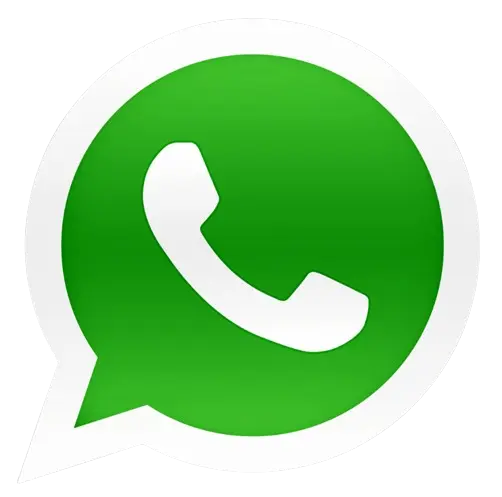$2000 Direct Deposit :As the year draws to a close, many Americans are wondering if the rumors are true—is the IRS really sending a $2,000 direct deposit this November? The short answer: Yes, many eligible U.S. citizens will receive a stimulus-style payment this month, part of a federal effort to ease the ongoing financial pressures caused by rising living expenses.
With inflation, high rent, and grocery prices still weighing heavily on pockets, this $2,000 relief payment could be a timely lifeline for millions of families during the holiday season. But who is eligible, when will the payment arrive, and how can you ensure you get yours? Let’s understand the details behind this discussion.
What is a $2,000 direct deposit payment?
The $2,000 direct deposit is a federal initiative aimed at helping low- and middle-income Americans who are experiencing persistent financial hardship. Managed by the Internal Revenue Service (IRS), these payments are part of a larger relief plan designed to help families struggling with everyday expenses.
Unlike previous tax refunds or one-time checks received during the pandemic, this round of payments is intended to stabilize household finances and boost consumer confidence as the economy recovers.
These payments are being sent directly to eligible individuals’ bank accounts, ensuring quick access without the delays that often accompany mailed checks.
Who will qualify for the November $2,000 stimulus check?
Eligibility for the $2,000 payment depends on your income, tax status, and citizenship. The IRS has provided clear guidelines to help determine who qualifies:
U.S. Citizenship or Residency:
You must be a U.S. citizen or legal resident and have a valid Social Security number.
Income Limits:
The full $2,000 payment will go to:
- Single filers earning up to $75,000 annually
- Married couples earning up to $150,000 together
- Heads of household earning up to $112,500
If your income exceeds these limits, you may still receive a reduced payment based on the phase-out scale.
Tax Filers and Non-Filers:
- Tax Filers: If you filed your 2024 tax return, the IRS will use that information to process your payment.
- Non-Filers: Senior citizens or recipients of Social Security, SSDI, SSI, or VA benefits will automatically receive payments using existing government records—no additional action is required.
Dependents:
- Families with dependents may receive additional relief depending on their tax situation.
When will payments be sent?
The IRS has already approved the November 2025 payment schedule, and funds are expected to arrive in three main phases:
- Phase 1 – Direct Deposit:
Beginning November 10, 2025, eligible taxpayers with bank details will begin receiving deposits in their accounts. Most payments are expected by November 21, 2025. - Phase 2 – Paper Checks:
Checks will begin being mailed to those who do not have direct deposit information around November 25, 2025. - Phase 3 – Debit Cards:
Prepaid debit cards will be sent to certain individuals beginning November 30, 2025.
If you haven’t yet updated your banking information or mailing address, it’s best to do so through your IRS account to avoid delays.
How to Check Your Payment Status
You can track your payment using the official “Get My Payment” tool on the IRS.gov website. Once logged in, you’ll see your:
- Payment Date
- Amount
- Method (Direct Deposit, Check, or Debit Card)
The IRS updates payment data daily, so if your deposit hasn’t arrived yet, check back regularly. Remember: The IRS never sends text messages, calls, or emails about payments—always rely on official government channels to avoid scams.
IRS Tips for a Smooth Payment Process
- File Your Taxes: Even if your income falls below the filing threshold, submitting a simple tax return ensures the IRS has your latest information.
- Update Your Details: Make sure your bank account or mailing address is correct in your IRS online account.
- Avoid Scams: Be wary of anyone offering to “expedite” your payment — the IRS never charges fees or asks for personal information via call or text.
Why the $2,000 Payment Is Important
This November’s $2,000 direct deposit comes at a difficult time for many Americans. With prices for essentials like food, gas, and housing still high, this extra money provides real relief to both working families and retirees.
In addition to helping individuals, economists say this wave of payments could inject billions into local economies, strengthen small businesses, and improve financial stability in communities.
Final Thoughts
The IRS’s approval of $2,000 direct deposits in November 2025 is one of the largest federal relief efforts this year. For millions of Americans, this payment is more than just financial help—it’s a chance to get some relief, pay bills, and prepare for the holidays without too much stress.
If you think you qualify, don’t wait—recheck your IRS records, stay alert for official updates, and make sure your direct deposit information is current.
FAQs: $2,000 Direct Deposit This November
Q1: When will the $2,000 stimulus payments be issued?
Most direct deposits will be sent between November 10 and November 21, 2025, and paper checks will be sent at the end of the month.
Q2: Who is eligible for the payment?
U.S. citizens who earn less than $75,000 (single) or $150,000 (married individuals filing jointly) are eligible for the full amount.
Q3: Will Social Security and SSI recipients receive the payment automatically?
Yes. The IRS will use federal benefit data to automatically send the payment.
Q4: Is this payment taxable?
No. The $2,000 direct deposit is non-taxable and will not affect your future refund or benefit eligibility.
Q5: How can I confirm my payment?
Use the official IRS “Get My Payment” tool on IRS.gov to track or check the status of your deposit.

